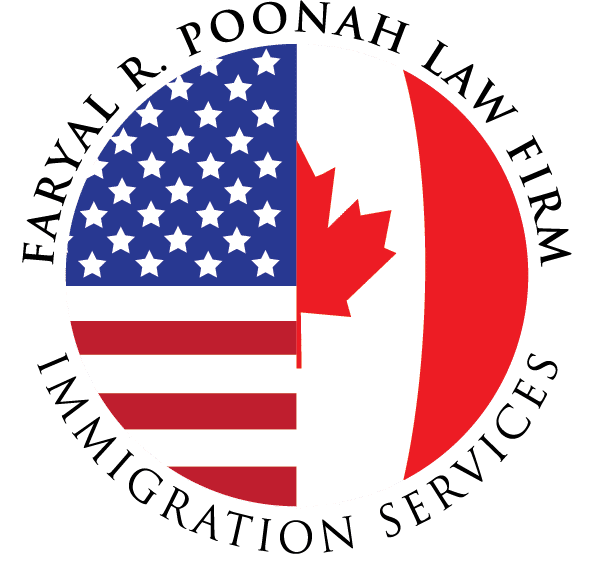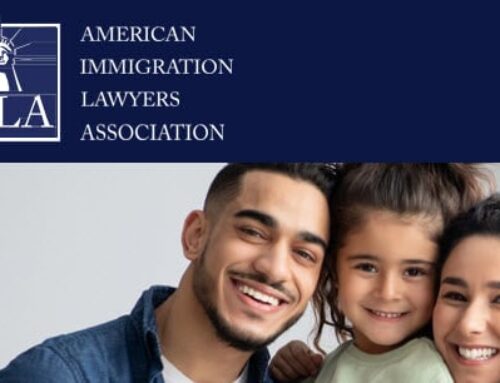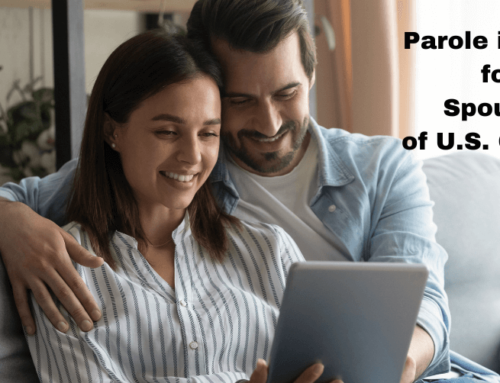What Employer-Sponsored Immigration Programs are available in the U.S?
Employer sponsorship
Sponsorship in the U.S. can be through family or through an employer. For this article, we will focus on the non-immigrant and immigrant options that employers may U.S. to sponsor eligible applicants.
Non-Immigrant Visas
There are several non-immigrant visa classifications that may be U.S. for new hires or intra-company transferees. For each classification, U.S. employers must file a petition with USCIS to demonstrate eligibility. The petition is typically adjudicated within three to six months. After approval, the foreign worker must apply for a visa at a U.S. consulate. Workers already in the U.S. may also be eligible for a change of
status. If the petition is denied by USCIS, an appeal may be filed with USCIS’s Administrative Appeals Office. Adverse decisions on visa applications by the U.S. consul are generally non-reviewable. Non-Immigrant Visa Classifications include the following:
H-1B visa
H-1B visas are available to specialty occupation workers. To qualify, the position in the United States generally must require a specific baccalaureate or higher degree (or its equivalent) as the minimum entry-level requirement, and the employee must possess such a degree or its equivalent through well documented employment experience.
There is an annual quota of 65,000 first-time H-1B visa recipients. An additional 20,000 H-1B visas are available for graduates of U.S. universities with master’s degrees and higher. These visas are allocated in the order in which the petitions are received. Petitions are accepted on April 1st each year for the fiscal year starting on October 1st.
Spouses and children aged under 21 are entitled to H-4 visas. Certain H-4 spouses are now eligible for employment if the primary H-1B worker is in the process of applying for permanent residence.
O-1 visa
The O-1 visa is available to persons of extraordinary ability in the sciences, arts, education, business or athletics. To qualify, the foreign worker must demonstrate sustained national or international acclaim by satisfying a number of criteria listed in USCIS regulations. The O-1 visa may be granted for an initial period of up to three years and may be renewed in annual increments without limit.
L-1 visa
The L-1 non-immigrant visa is available for intra-company transferees. To qualify, the employee must be employed by the company overseas for one full year in the past three years in an executive, managerial or specialized knowledge capacity, and the employee must be transferred to a U.S. branch, subsidiary or affiliate of the overseas company to work in an executive, managerial or specialized knowledge capacity.
Spouses and children aged under 21 are entitled to L-2 derivative visas. L-2 spouses are eligible for work authorization incident to status upon arrival in the U.S.
L-1 petitions are approved for an initial period of three years. L-1B specialized knowledge employeesmay obtain a two-year extension for a maximum of five years, while L-1A executives and managers mayobtain extensions in two-year increments, up to a maximum of seven years. A specialized knowledge employee promoted to a managerial role may be eligible for a change in classification from L-1B to L-1A
and a corresponding two-year extension, provided that the change is made before the employee reaches four and a half years in L-1 status.
Certain employers with large offices in the U.S. or that sponsor a significant number of intra-company transferees each year may apply to USCIS for ‘L Blanket’ approval, which permits them to bypass filing individual petitions with USCIS for each transfer and instead file an L Blanket petition directly at a U.S. consulate. To qualify as an L Blanket employer, USCIS requires evidence that an office in the U.S. has
been doing business for at least one year; that the organisation has three or more domestic and foreign branches, subsidiaries or affiliates; and that it is sufficiently large in terms of U.S. employees (at least 1,000) or intra-company transferees (at least 10 in the previous 12 months) or in terms of annual sales (at least U.S.$25 million).
Immigrants
For foreign employees, the path to permanent resident status follows two steps: a petition to USCIS to become a preference immigrant and an application for an immigrant visa.
Preference Petition
A preference petition is required for employees intending to immigrate to the U.S. The petition classifies the employee within one of the following immigration preference categories:
1. first employment-based preference (EB-1): multinational executives and managers and aliens of extraordinary ability or outstanding professors or researchers;
2. second employment-based preference (EB-2): aliens who possess an advanced degree or have exceptional ability; or
3. third employment-based preference (EB-3): members of the professions possessing a bachelor’s degree and skilled workers.
Employment-based immigrant visas are limited to an annual quota of 140,000. Because demand often
exceeds supply, especially in the EB-3 category, immigrant visas can be unavailable for several years.
Application for an Immigrant Visa
An application for adjustment of status may be filed with USCIS by foreign nationals seeking immigrant visas and their spouses and unmarried children aged under 21. Alternatively, they may apply for immigrant visas at a U.S. consulate in the country of their nationality or most recent overseas residence.
Labour Market regulation
The DOL regulates the employment of foreign workers under both non-immigrant and immigrant visas. A labour market test is generally not required to sponsor a non-immigrant worker but may be required to sponsor a worker for permanent residence.
LCAs for Non-Immigrant H-1B and E-3 visas
Before applying for an H-1B or E-3 visa, the U.S. employer must file an LCA with the DOL. The LCA requires the employer to attest that:
1. the non-immigrant will be paid the required wage;
2. the employment of the non-immigrant will not adversely affect the working conditions of workers similarly employed in the area of intended employment;
3. as at the date of filing the LCA, there is no strike or lockout involving the position; and
4. notice of the position has been provided to the bargaining representative or has been posted in a conspicuous. place where the non-immigrant will be employed.
For H-1B and E-3 visas, employers must ensure that they pay foreign workers the DOL’s required wage for the particular occupation and region. The LCA attestations, data on the required wage determination and the salary for the position must be maintained in a public access file available for inspection by the public or the DOL’s wage and hour inspectors. Wage violations may be subject to fines or disbarment
from the H-1B (or E-3) programmes, or both of these sanctions.
Labour Certification for Permanent Residents
A labour market test is generally required to sponsor foreign workers in the EB-2 and EB-3 categories. Prior to filing the preference petition, an employer must apply for PERM labour certification with the DOL. To obtain a PERM labour certification approval, the employer must document the shortage of U.S. workers who are able, willing and qualified to perform the job’s duties. Under the PERM regulations, the
employer must conduct specified recruitment activities for 60 days. If no qualified, willing and able U.S. workers are identified through the recruitment efforts, the employer may proceed with the PERM labour certification application, which can be completed and submitted online to the DOL. Processing times can be six months or more. The DOL can audit the applications up to five years from the filing date. Audited cases can take over one year for review.
Rights and Duties of Sponsored Employees
Non-immigrant workers must be employed in the position described in the sponsoring petition, not work for another employer and ensure that they do not remain in the U.S. beyond the date of admission indicated on their arrival or departure record issued by CBP. They may apply for an extension or change of visa status with USCIS before the end of their current period of admission. Overstays may bar future
entry to the U.S, as mandated by IIRIRA.
Non-immigrant workers may reside and work in the U.S. for the sponsoring employer for the period of admission as determined by CBP upon their entry. They may apply for social security numbers and be eligible for future social security payments. H-1B employees are entitled to receive the wage indicated in the employer’s LCA filed with the DOL (see above). They may lodge a complaint with the DOL if they are
not receiving the stated wage or have been ‘benched’ by the employer.
If an employer terminates the employment of an H-1B or O-1 worker before the end of the approved period of validity, the employee is entitled to payment for the cost of transportation to his or her country of residence. LPRs generally have full civil rights to work in the U.S. for any employer. They have no political rights butmay apply for U.S. naturalization after having satisfied residence and physical presence requirements.
This alert is for informational purposes only. If you have any questions, please contact us via email at info@poonahimmigrationlaw.com for further information.




